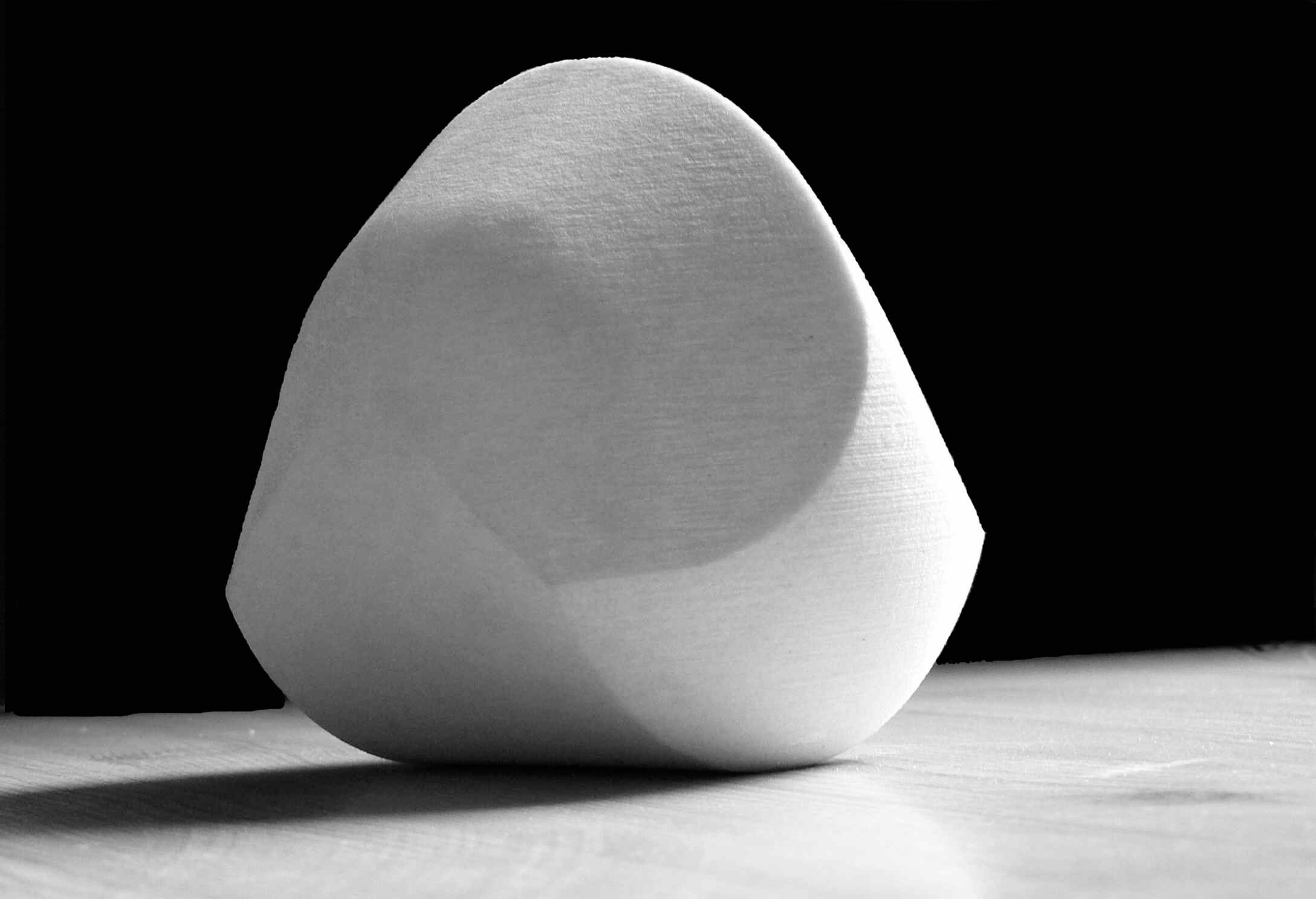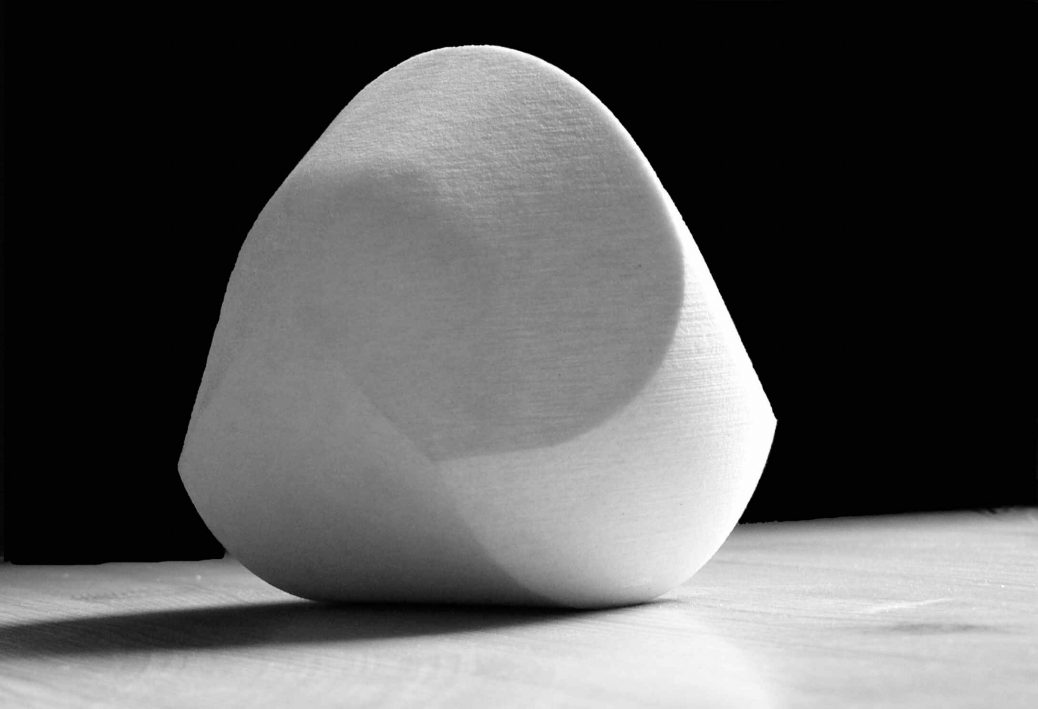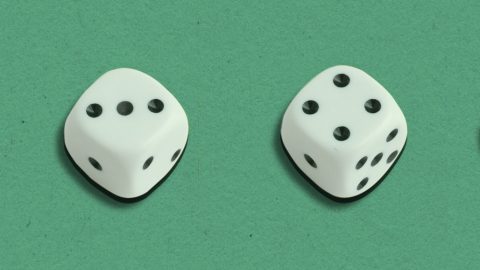To Domokos, 61, a professor at the Budapest University of Technology and Economics, this ordinary rocky outcrop is a wellspring of mathematical questions.
Inspired by rock cracks, Domokos devised a new framework for classifying polygonal tessellation that’s flexible enough to accommodate messy natural patterns, but rigorous enough to be useful. Applied in geology, it reveals universal patterns in the geometry of fractures at every scale from mud cracks to the tectonic jigsaw, and it’s now helping NASA scientists understand the surfaces of other worlds. His work on the geometry of pebbles has helped trace erosion on Earth and Mars. In the hands of MIT researchers, Domokos’s work on the balancing points of 3D forms inspired the design of a self-orienting pill capsule for delivering vaccines to the stomach. And most recently, Domokos teamed up with chemists to use his rock fracture geometry to predict how molecules assemble into “2D” sheets—a notoriously stubborn problem usually left to supercomputers.
“Gábor’s problems are somehow topological, somehow geometric, somehow mechanics, partial differential equations. Some [are] crazy,” says Sándor Bozóki, a mathematician at the Institute for Computer Science and Control in Budapest, who has published with Domokos. “He’s not a leading figure in any of these fields,” says applied mathematician Alain Goriely of Oxford University. But, he adds, like the best applied mathematicians, “he is using them in the most clever and beautiful way.”
“The first thing that people do when they understand something: give it a name,” Domokos says. “And shapes don’t have names.”
Krisztina Regős, mathematician
Best known for co-discovering the gömböc—the first convex 3D shape with just two balancing points—Domokos aims to understand the physical world by describing its forms in the simplest possible geometry.
He often begins new projects by concocting original ways to classify shapes. To prove that the gömböc existed before they found it, he and Péter Várkonyi introduced mathematically precise definitions of flatness and thinness. To categorize pebbles, Domokos counts their number of stable and unstable balancing points. And to describe tessellating patterns in rock cracks or nanomaterials, he calculates just two numbers: the average number of “tiles” meeting at each vertex in the “mosaic” and the average number of vertices per tile.
The point is to find “a new language” to describe the shapes, says mathematician Krisztina Regős, one of Domokos’s graduate students. “The first thing that people do when they understand something: give it a name,” Domokos says. “And shapes don’t have names.”
But with the right language, it’s possible to start asking questions: Do homogenous 3D shapes with just two balancing points exist? Yes. These shapes minimize flatness and thinness, and one is the gömböc—which, thanks to its geometry, always rights itself no matter how it is set down. What happens to pebbles as they erode? They lose balancing points, getting rounder and then flatter over time. What does the Earth break into when it falls apart? Plato was right: on average, it breaks into cubes.

WIKIMEDIA COMMONS
Of course, fields like geomorphology already have schemes for classifying objects of study—there are several ways of cataloguing pebbles, for instance, says Mikaël Attal, a geomorphologist at the University of Edinburgh. But as a perpetual outsider, Domokos either doesn’t know or doesn’t care about upsetting convention. Even within mathematics, he doesn’t fit into a discipline.





Recent Comments